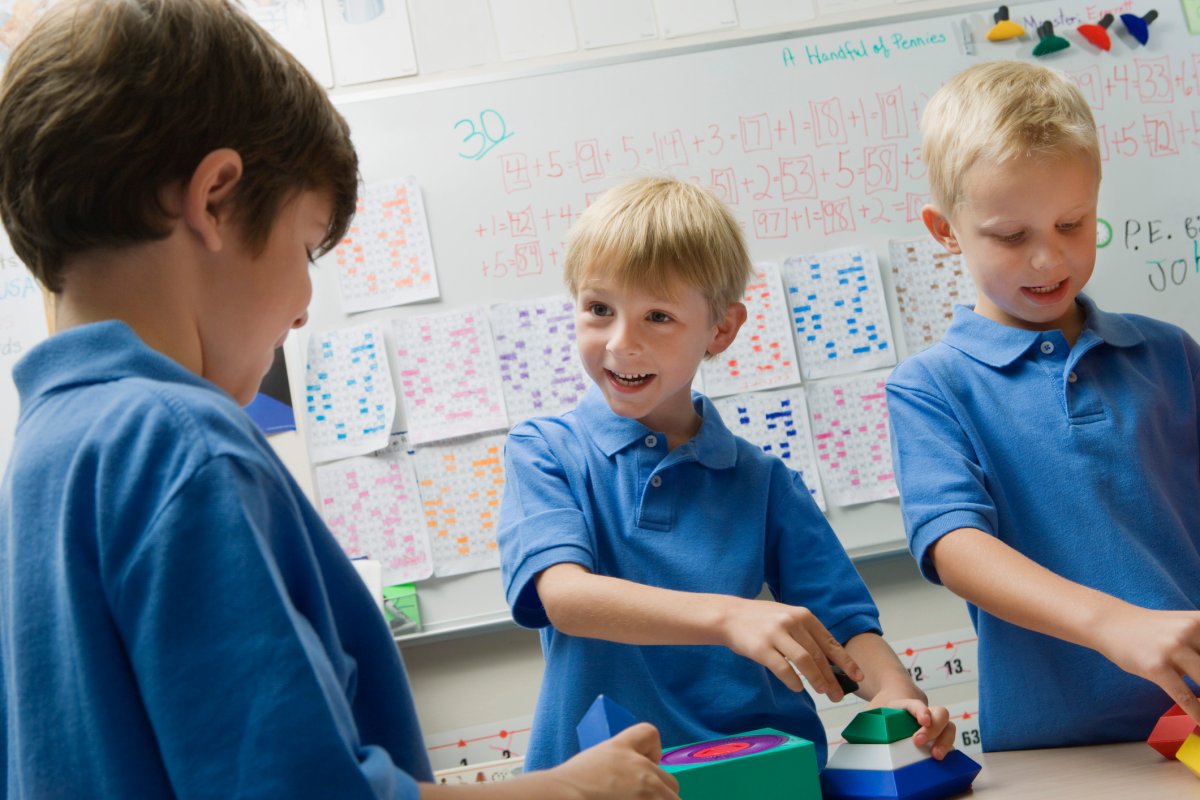A national study conducted by the Canadian Teachers’ Federation (CTF) revealed that at least four in 10 teachers per school jurisdiction have experienced violence from students.

In some jurisdictions, the number of teachers experiencing violence is as high as nine in 10.
In addition, 70 per cent of teachers surveyed believe that the rates of violence against teachers in schools are getting worse.
The survey also states that incidents of violence and aggression tended to be experienced at higher rates by female teachers working at elementary schools, working in lower socioeconomic status locations or large metropolitan areas, and working as special-needs teachers.
WATCH: 70% of Ontario elementary teachers personally faced violence in the classroom: union

“It’s myriad of activities. It could be from verbal abuse directed at the teachers to physical violence, which includes things as straightforward as spitting on teachers, dealing with children that bite, children that kick, scratch, hit and throw objects. These are the types of outbursts that teachers across the country have been experiencing,” explained Ramsankar.
Concerns about violence against teachers began surfacing in 2017 when a Simcoe County teacher spoke out about an incident she experienced with a student. Julie Austin said in October that she was attacked by a 10-year-old student with special needs, an attack she said lasted 20 minutes.
“I ended up taking a chair over the head and suffered a mild traumatic brain injury and now I’m suffering from post-concussion syndrome,” Austin told Global News in January.
WATCH: Teachers launch campaign to make statement about classroom violence

Prior to the attack, Global News heard from several educators and parents across Ontario about their concerns over integrated classrooms and supports being offered to children with disabilities.
Indira Naidoo-Harris, who was sworn in as Ontario’s education minister during a cabinet shuffle this past January, said in a written statement to Global News that school violence is “unacceptable,” following a report by the Elementary Teachers’ Federation of Ontario (ETFO).
“Our schools must be safe, inclusive and welcoming places – not only for students and their families, but for teachers and staff,” she wrote. “Our government is working tirelessly with our partners to strengthen and create a culture of health and safety in our schools.”
Ramsankar explained that many of the schools examined in this study did not give teachers the basic resources they need to deal with these kinds of behavioural issues in the classroom.
“Many of the schools we’re looking at across the country don’t even have things as simple as counselors to be able to deal with children, so as a teacher, when you’ve identified the mental need of a child, there’s nowhere to refer them,” he said.
He adds, however, that only so much of the blame can be placed on a lack of resources on the part of the schools. He predicted that children are under greater mental stress, which the adults in their lives are finding difficult to help them deal with.
Additionally, he suggested that children who act out violently in class are likely exposed to this kind of behaviour in their home lives.
“We talk about the pressure that students are under when they’re away from school. That’s their home life. We don’t know what they’re exposed to when they’re away from school,” he said.
“What we do know is that when they come to school, they have specific needs that need to be addressed and if teachers don’t have the supports in place to be able to refer students or get them the help that they need, then they’re left with the outcome, which may or may not be verbal or physical outbursts.”
While socioeconomic factors were linked to higher rates of violent outburst among students, research showed a mix of jurisdictions experiencing high levels of violence, from areas of lower socioeconomic status to wealthier metropolitan areas.
Either way, he said, teachers don’t have the professional training, the physical aides or the assistance from mental-health professionals that they require to handle these situations appropriately.
“Socioeconomics is one factor but it’s not the only one. Mental pressure on children does not reside solely with children from low socioeconomic backgrounds. We’re seeing that children growing up in large urban centres are subject to different pressures as well.
“So, what it comes down to is the individual needs of the child and what they’re bringing to the table when they arrive in your classroom,” said Ramsankar.
— With files from Nick Westoll and Shallima Maharaj




Comments